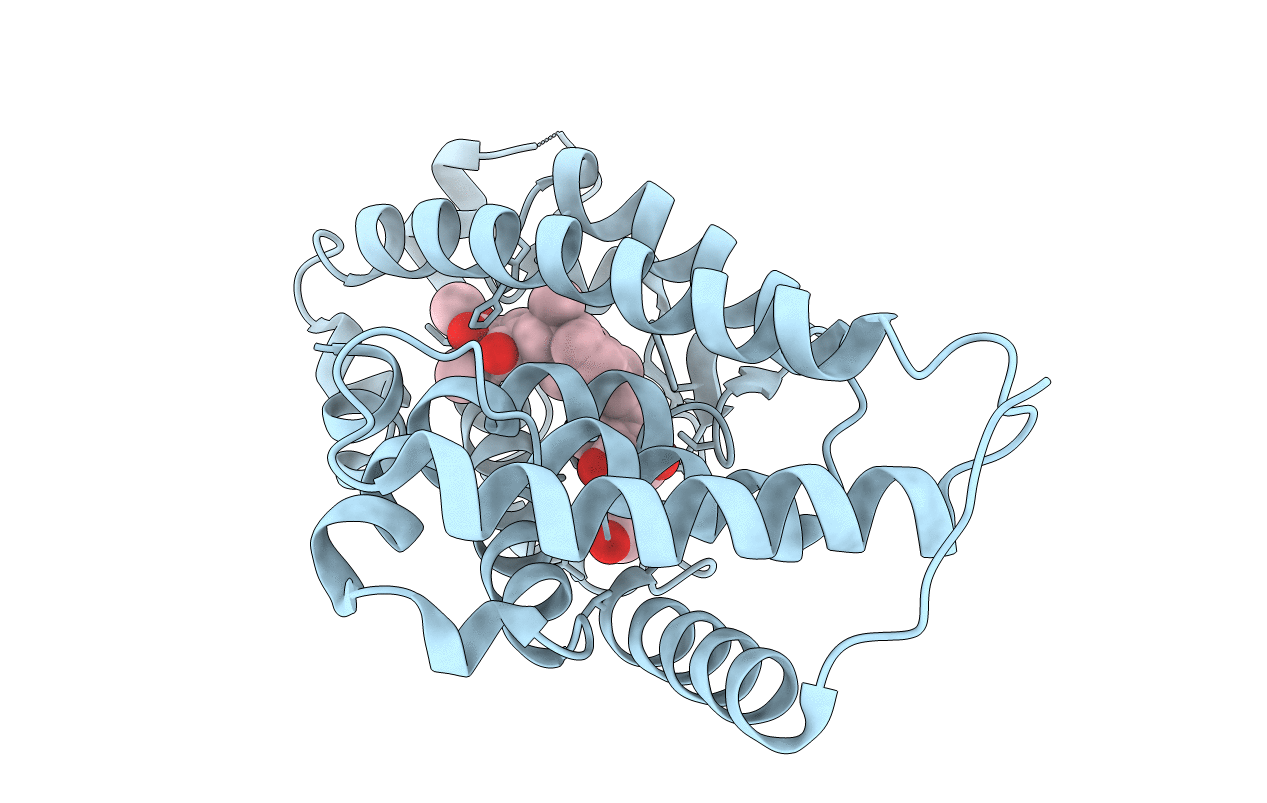
Deposition Date
2011-09-08
Release Date
2013-03-06
Last Version Date
2023-11-08
Entry Detail
PDB ID:
3VHW
Keywords:
Title:
Crystal structure of the human vitamin D receptor ligand binding domain complexed with 4-MP
Biological Source:
Source Organism:
Homo sapiens (Taxon ID: 9606)
Host Organism:
Method Details:
Experimental Method:
Resolution:
2.43 Å
R-Value Free:
0.24
R-Value Work:
0.18
R-Value Observed:
0.19
Space Group:
P 21 21 21


